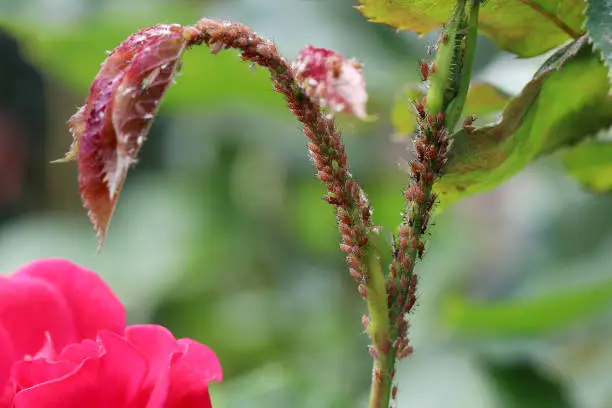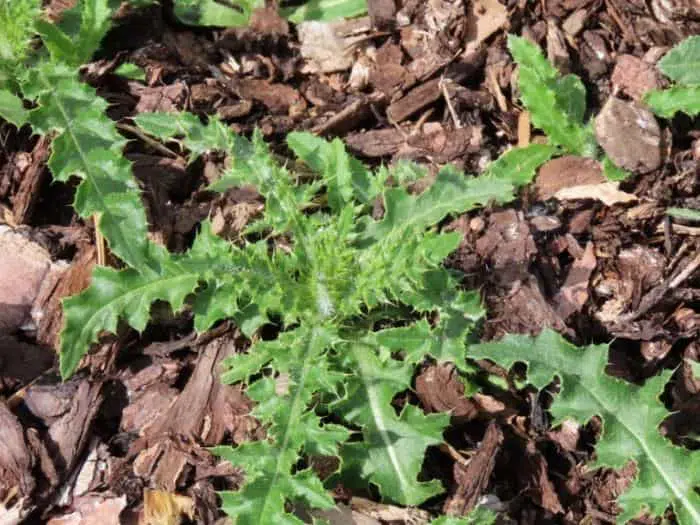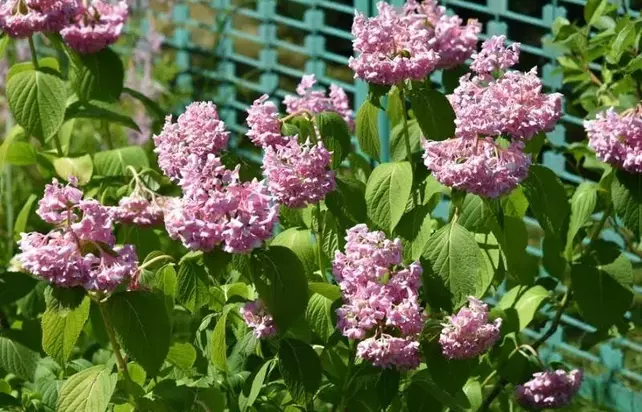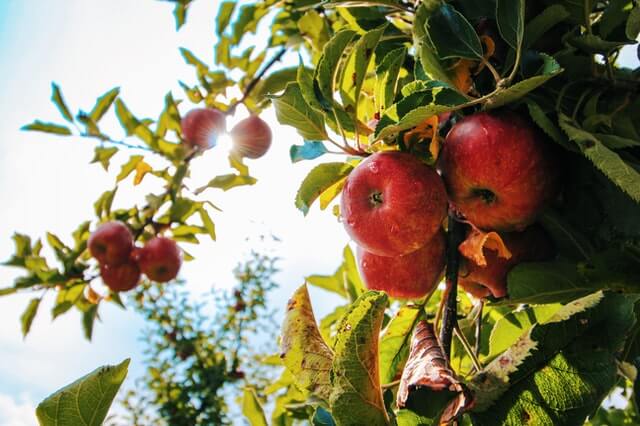The king palm (archontophoenix cunninghamiana) and queen palm ( syagrus romanzoffiana) are the monarchs of the palm family of trees. They are among the most resilient trees native to subtropical climates even though they are two of the most ideal landscape trees. So, what’s the difference between the king and queen palms?
King palm and queen palm line boulevards of cities and towns with their presence often presenting a royal welcome. Additionally, these trees add texture to both public and private spaces.
What’s a King palm?
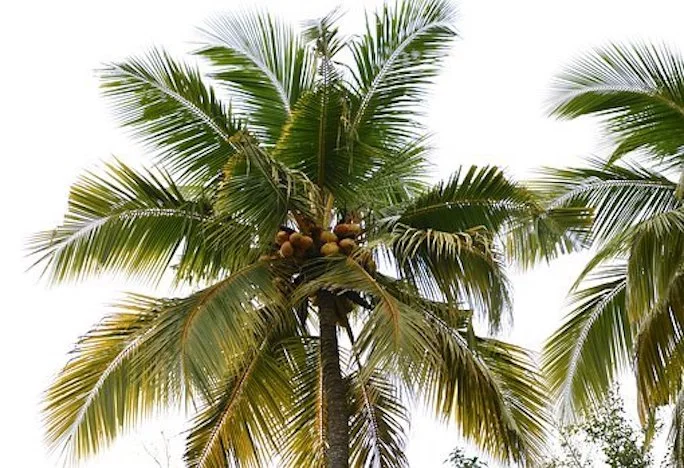
The king palm is a native tree of Australia growing in regions of Queensland and wet subtropical areas of New South Wales. It’s one of the most popular palm trees because of its elegant fronds and excellent symmetry.
King palms have a tropical effect on the landscape, especially when established. They do well in a Mediterranean climate and even better with a little irrigation.
What’s a Queen palm?

Queen palm can also be referred to as coco palm. It’s a tall tropical palm fruit that natives from South America. It originates from the family of Arecaceae. It’s frequently planted along highways, divided streets, and in the center of boulevards.
It’s planted in public and private landscapes to provide shade to lawns and patios. It Requires frequent maintenance to thrive perfectly.
Queen palm vs. King palm differences
Although both are used in tropical and sub-tropical landscaping, they have differences in structure and landscape appearances. The Queen grows well in full sun and it’s more cold-tolerant.
Nevertheless, the king palm is more adjustable when it comes to light. It can thrive well in full sun and shade. The king is drought-resistant.
The other major differences between king palm and queen palm are found in their trunk, flowers, and fronds.
Flowers
Queen flowers have stalks of ivory-colored flowers in the summer and fall months. Their flowers emerge from a heavy wooden pod that’ pruned off. In mid-summer, king palm always produces a spray of pink flowers from a small pod which it sheds, giving it an incredible view.
Trunks and Leaves
The queen palm trunk is straight, with its head crowned with fronds. Its fragile trunk usually grows upwards before growing downwards. Queen has a large palm that can grow up to 50 feet. The leaves are graced and arched.
However, the king palm has a smooth, multi-colored trunk that adds visual appeal to any place. The fronds are dark green and full of life. It contains rigid leaves which can grow 10 to 15 feet long.
Native habitat
King palm prefers to grow well in moist, well-drained soil, just like in its native habitat in Australia. Although queen palms originate from woodlands, they can thrive in dry conditions in the winter months.
Fruits
The king palm flowers grow to small reddish fruits. However, the queen palm produces a vast amount of yellow fruits, and they tend to be messy. It’s advisable to remove the flower stalk before it starts producing flowers. If it isn’t trimmed in early summer or spring, they turn into bright orange berries, and cleaning them becomes a mess. They additionally attract pests.
Appearance
Both palm trees have a grey appearance with smooth ringed trunks. The king palm frond hails from the crown shaft, while Queen’s palms don’t have a crown shaft.
Landscape use
King palms look elegant when planted in a group of two or three. While queen palms look excellent when planted in rows or single plantings.
How to identify a King palm
To identify a king palm, you need to be familiar with the parts of a tree and palms. It would help you if you looked at the overall size and appearance, crown shaft color, seeds, flower traits, and leaflets’ undersurface.
A trunk is a part that supports the structure of the tree. The king palm has a slimmer, solitary, smooth, and more brownish trunk than the queen’s one. Also, it contains crowned fronds that spread to around 10 or 15 feet. It has 100 to 150 leaflets which are 6-12 inches long.
The crown shaft of a king palm is green, but it can occasionally be brown. The palm grows to around 40-60 feet tall, with a little wider trunk at the base. King palms have purple flowers and are self-cleaning. The spent fronds drop when the new ones grow; hence don’t require any pruning off by humans.
Queen palm identification
Queen palms are great for complementing all types and styles of landscapes.
It contains a stately single-trunked palm with a full and rounded crown. This palm is more popular in warm regions. It contains glossy pinnate leaves, which droop slowly and form graceful canopies with bright yellow fruits.
In summer, the queen palm produces a large plume of miniature blossoms that grow into bright orange fruits during winter. Its trunk diameters can get to 2 feet wide, with the dark green leaves growing up to 12 feet. An average queen palm tree can carry 15 leaves or more. It can grow easily to a height of 50 feet.
Which palm tree provides the most shade
Both king palm and queen palms are assets to any garden. Their biggest flex is providing plenty of shade in compact areas. Because they lack dense roots or branches, palms save space and offer the right amount of shade and comfort to your garden.
King palms are great and create a tropical rainforest look and feel. You can create a tropical backyard treat when you plant them in clusters close to swimming pools and focal points in homes.
Queen palm is among the loftiest palm tree around the world. Its super-wide leaves provide a full crown. The 6 feet-long tree offers the perfect shade during the months of summer. With them, you can create a perfect tropical scene around your pool or backyard.
Although there are differences between the king and Queen palm, both require your care to thrive. Moreover, they need well-drained soil and moderate watering. If you are looking to add a great focal point to your home, palm trees are the way to go. Get paradise vibes with these palms.
